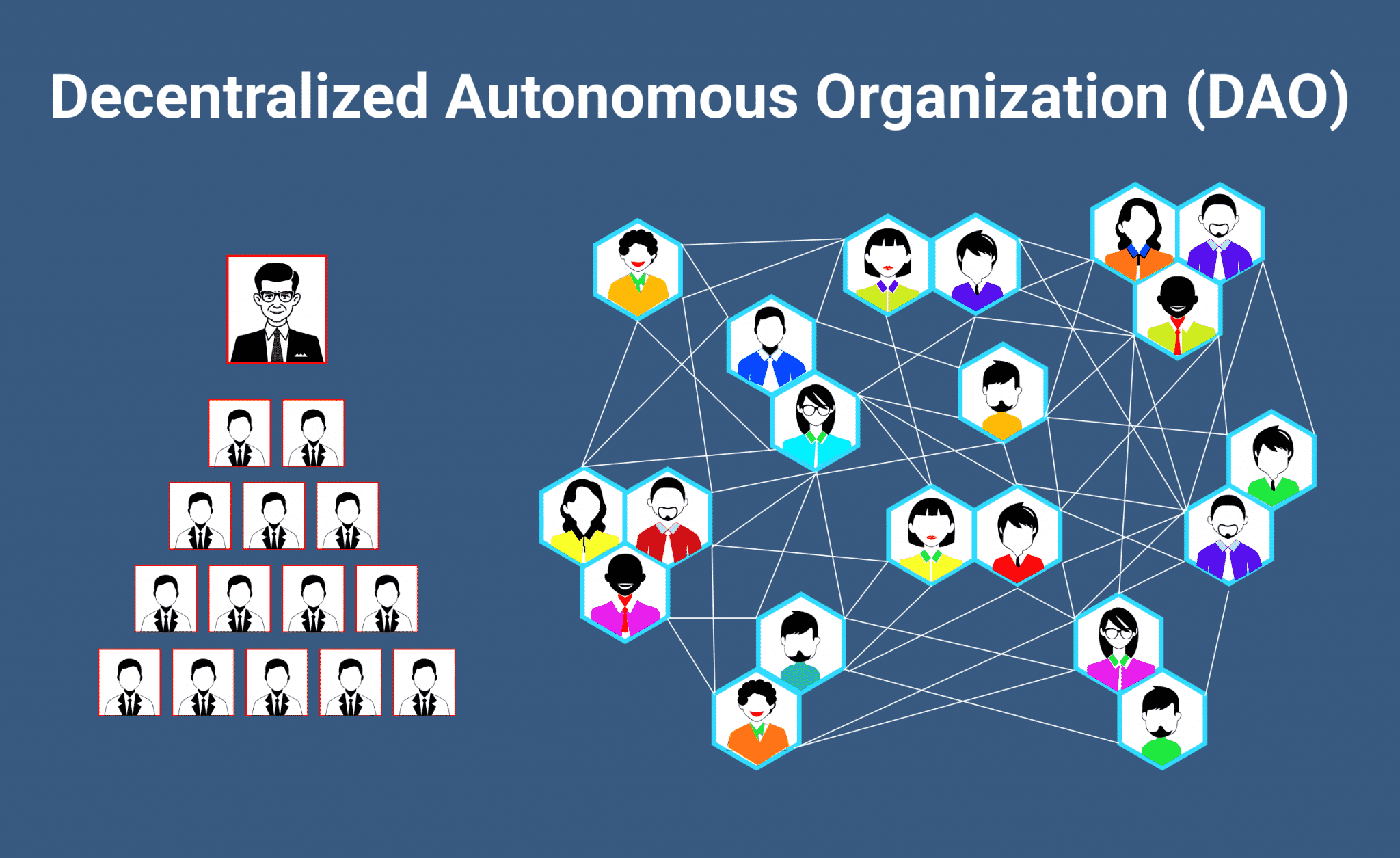What is a DAO?
The Blockchain Forum is devoted to establishing community chapters throughout India in order to raise awareness of Web 3.0. In addition, the forum intends to work with universities and other research institutes to achieve even greater success.
Furthermore, the blockchain forum would make it easy to participate in policy-making to ensure effective blockchain technology implementation. It would also pique the interest of people in India in many sectors of the virtual environment. These include a shift into the metaverse and a digital currency issued by the national bank (CBDC).
The Forum will shortly open its doors to diverse stakeholders for membership. This is one of its goals in creating the largest Web-based interactive forum. Telangana’s government intends to unveil a Web3 regulatory sandbox to facilitate this new step. This would help with new tokenization, NFT, and other initiatives and applications. Furthermore, by using the sandbox, developers will be able to quickly build additional interactions with stakeholders, including politicians and regulators.
Who invented the DAO?
The DAO was formed in early May 2016 when a few Ethereum community members announced the formation of the DAO called Genesis DAO. It was built with smart contracts on the Ethereum blockchain. The Slock is a timepiece. The open-source coding structure was designed by the team, but it was collectively deployed by members of the Ethereum community under the term “The DAO.”
During the creation period, anyone could give Ether (ETH) to a unique wallet address in exchange for DAO tokens on a 1-to-100 scale. It was a success, exceeding expectations by raising 12.7 million Ether (about $150 million at the time), making it the most successful crowdfund to date. When Ether was valued at $20, The DAO’s total Ether holdings were worth more than $250 million.
In a nutshell, the platform would allow anyone with a project to upload it to the community and maybe receive money from the DAO. Anyone with DAO tokens could vote on proposals and receive bonuses if they were successful and things were looking good now that the funding was sorted out.
However, on June 17, 2016, a hacker exploited a code defect and a combination of vulnerabilities, resulting in the transfer of 3.6 million ETH, which was valued at almost $50 million at the time. Given the Ethereum smart contract’s 28-day holding period, the money was moved to an account and so was not lost.
The assault was deemed legitimate yet unethical by many in the Ethereum community. Members of the DAO and the Ethereum community struggled to find a solution. With many advocating for Ether re-appropriation and others calling for the DAO to be shut down, the Ethereum network eventually moved the DAO funds to a recovery address where their original owners could trade them back to Ethereum. Token holders were given a conversion rate of 1 ETH to 100 DAO, which matched the initial offering.
How does a decentralised autonomous organisation (DAO) work?
A DAO’s heart is the smart contract. The organization’s data is stored in the smart contract. No one can change the rules without being detected since DAOs are open and transparent. When compared to typical businesses, DAOs offer a more democratic structure. Instead of a single person making decisions on behalf of the company, any changes must be approved by all DAO members.
DAO funding is mostly based on token issuance through crowdsourcing. DAO governance is community-based, whereas traditional business governance is dominated by executives, the board of directors, and other shareholders. Traditional company activities are private and limited, but DAO operations are entirely transparent and not constrained by geographical limits.
DAO membership
DAO membership can be obtained in a variety of ways. Membership may influence how voting is conducted and other critical aspects of the DAO.
Share-based membership
Share-based DAOs are more permissions, which means that not just anyone may join the DAO—membership must be accepted. Anyone who wishes to join the DAO may do so by submitting a proposal, usually in the form of work tokens. The shares of a member indicate both voting power and ownership.
Share-based membership is often used for more personal and relational organizations, such as charities, investment clubs, and worker collectives. It can, however, be used to govern tokens and protocols.
MolochDAO is an example of a DAO with this type of membership. MolochDAO focuses on sponsoring Ethereum projects and requests a membership proposal so that the group may determine whether an aspiring member possesses the necessary skills and capital.
Token-based membership
DAOs with token-based memberships are completely permissionless, depending on the token. Their governance tokens are often freely tradeable on a decentralised exchange. Others must be earned by proving proof of labour or giving liquidity. Simply owning the token grants voting rights.
Typically, this type of membership is used to administer broadly decentralised protocols and/or tokens. MakerDAO is an excellent example of a DAO that uses the Maker protocol. MKR, the organization’s native currency, may be purchased and sold on decentralised exchanges such as Binance and Bibox. As a result, by investing in the Maker Protocol, anyone can gain voting power over their destiny.


